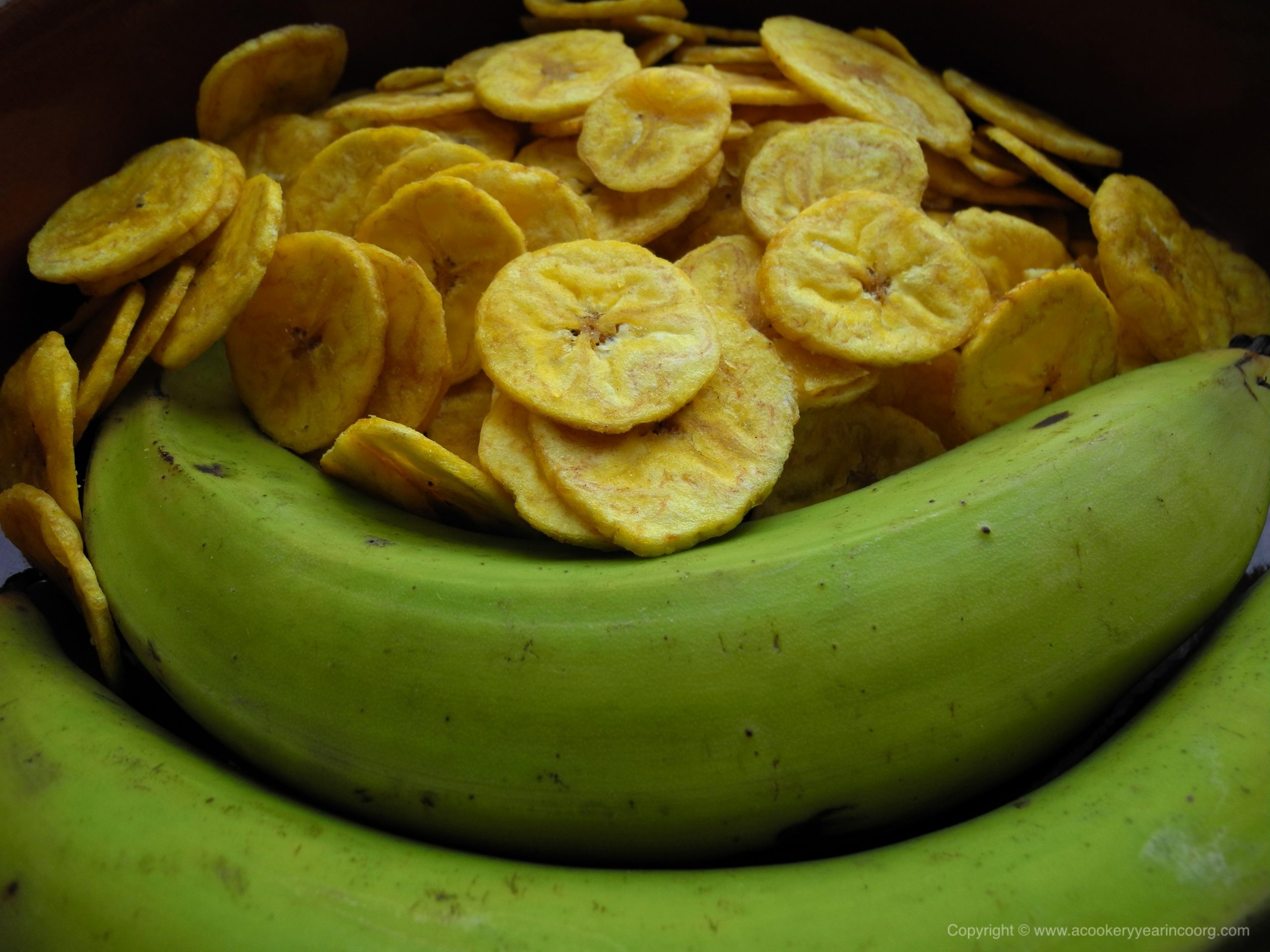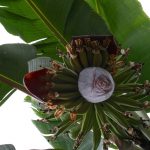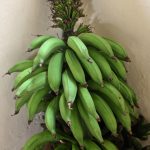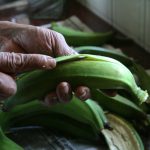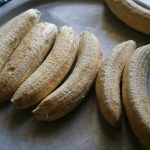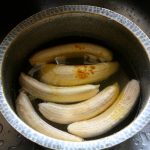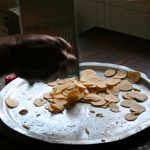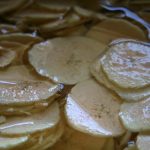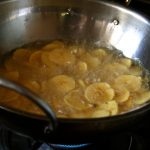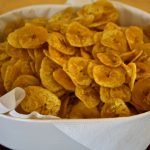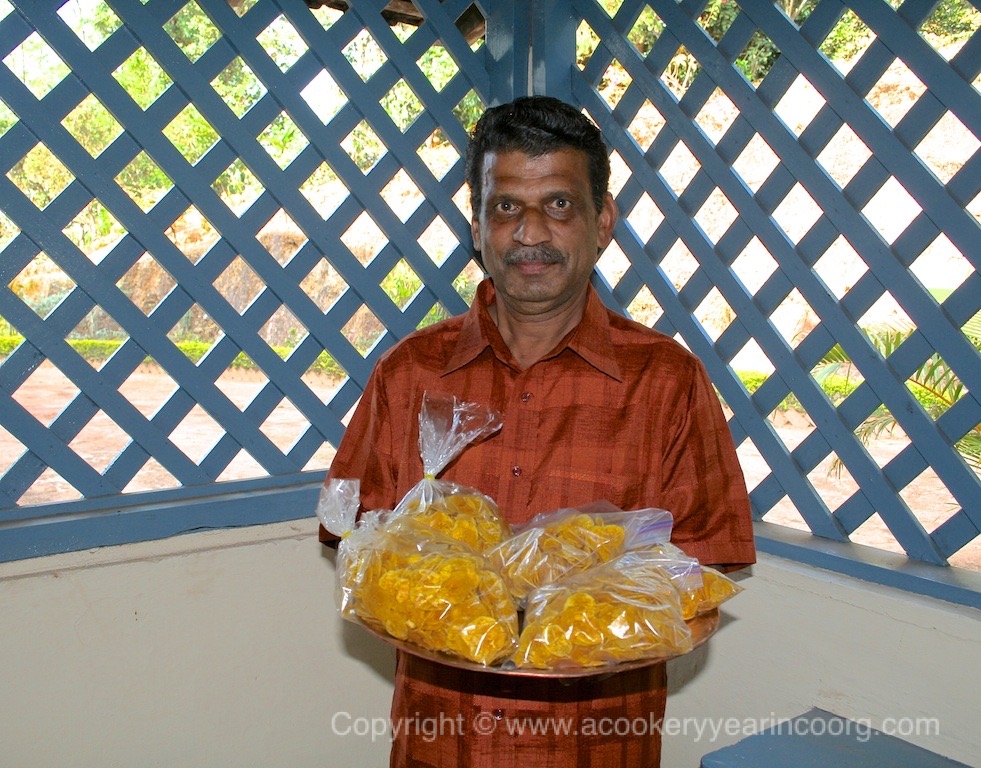It was 23 °C with cloudless, brilliant blue skies in early October.
That was the dream end to a glorious run of our seemingly endless summer this year. More than a week of greyness, mist, and “rain, with the promise of plenty more where that came from” days, and I can’t kid myself anymore that autumn isn’t well and truly here.
Thanksgiving in Canada is over, Halloween is coming, and there are gourds, ghouls, and pumpkins of every shape, hue and hugeness everywhere. There are pools of colour in the cranberry fields, and the trees around are clad in beautiful, warm colours – one last hurrah for summer. The fallen leaves are gathering in soft, crinkling heaps and will be swept away soon, by the wind, rain and street cleaning crews. Shake out the umbrellas and rain jackets – resistance is futile.
Or is it…?
This is when I start hatching cunning, fat fuelled plots to counter the dreariness outside. There’s no better time than now, to indulge in a little fry up!
The tropical creature in me is already craving sunshine, and if I can eat it, so much the better. No, I don’t mean vitamin D drops – though that’s probably a good thing – I’m talking golden yellow banana chips! (Strictly speaking, these are “plantain” chips but I’ve always known them as banana chips, so that’s the way they’ll stay).
Bite sized, deep fried treats that bring the warmth of a thousand calories…er…suns, to the bleakest of days, and they’re easier than pie to make. Go on, lose the fear of frying and give it a shot!
First, identify your plantain tree. Watch it carefully for a few months…oh, alright then! Just go to the supermarket and pick some firm, green skinned plantains!
Now proceed:
- Unripe plantains
- Coconut oil, if possible, but any neutral oil suited for high temperature cooking will do
- Salt
- Turmeric (optional)
Oil your hands lightly to prevent any sap from the plantain skins from sticking. Using a sharp knife, make an incision down the length of the plantain, somewhere between the ridges on the peel.Pull apart the peel and remove the fruit.
Drop the peeled fruit into a pan filled with cold water, along with a generous amount of salt and a little turmeric.*
When all the plantains are peeled, slice them into thin discs. Try to keep the thickness consistent, so that they fry evenly. If there’s likely to be a delay between slicing and frying, return the sliced plantains to the salted water. Drain and pat dry before proceeding with frying.
Heat** the oil in a wok or kadhai, and drop a handful of chips in at a time. Do not crowd the pan. When you put them in, the chips should froth and sizzle in a friendly fashion if the oil is hot enough. Fry on steady heat for 5 – 6 minutes. Stir the chips around a few times during cooking.
As a master fryer, and my teacher in this endeavour, Thomas K. says, “They’re ready when they rustle”. So listen carefully.
Drain on paper, allow to cool and store in an airtight container.
Now, when those winds pick up, and the leaves rustle forlornly outside, you’ll be ready to rustle right back, with a handful of sunshine.
My grandmother rarely made banana chips at home. I’m not sure why. Banana chips were one of our favourite snacks, with even the banana haters among us joining in the feeding frenzy that ensued when they were around. Perhaps it was the easy availability of outstandingly good quality chips from Kerala and Mangalore that allowed her to devote her energies in other fruitful pursuits.
Store bought or homemade, come rain or shine, these chips are the perfect snack!
* To skip the steps involving soaking the sliced plantains, and if you’re feeling adventurous, you can slice them directly into hot oil, just like the flashy roadside vendors do. This can look very impressive, if you have the skill, and an admiring audience to appreciate it. Then, if you’re feeling really adventurous, you can salt the chips in the frying pan, by adding a spoonful of saturated salt solution directly into the oil when the chips are nearly done. Water into oil? Indeed! Be prepared for splash back and have a spatter screen ready. Once the rumpus subsides, you will have chips that are evenly salted to perfection.
** If you’re using a thermometer, keep the oil between 350 – 375 °C.

